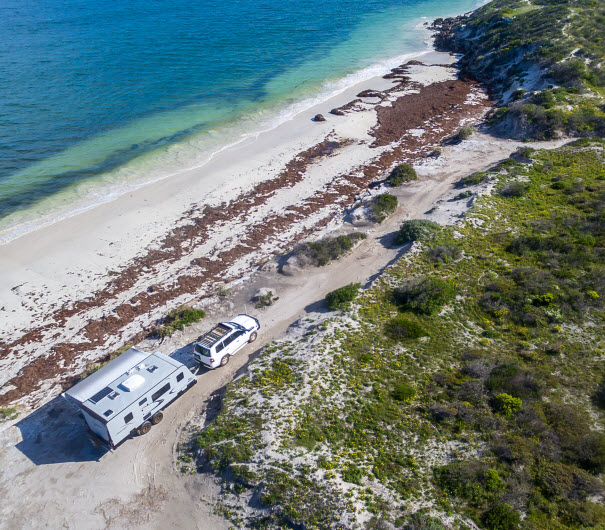
Money may not buy happiness, but it can buy peace of mind – which is priceless. And as you get closer to retirement (or even if it’s still a while off for you), making sure you have enough money to live comfortably is a financial goal worth aiming for.
A comfortable retirement is something that everyone dreams of, but the thought of not having enough money to retire comfortably can be daunting. So, how much should you have saved to retire? Here are the four questions you should be asking.

1. What are your retirement plans and goals?
Figuring out how to fund your retirement begins with creating a retirement plan and setting goals. A retirement plan should take into account your current financial situation, your desired lifestyle in retirement and your time horizon.
To create your plan, you should consider factors such as your retirement income sources, expenses and investment strategies.
Think about short-term goals, like establishing an emergency fund, paying off debt, or contributing to a retirement account, and long-term goals such as saving a specific amount of money for retirement or climbing the property ladder.
By setting specific and achievable goals, you can stay motivated and on track to meet your retirement objectives. It is important to regularly review and adjust your plan as needed to ensure that it remains aligned with your goals and needs.

2. What are your estimated retirement expenses?
Estimating your retirement expenses is a crucial step in planning for your retirement. Have a look at your current spending habits, your desired lifestyle in retirement and any expected changes in expenses.
Then draft a budget that includes all of your expenses, both essential and discretionary, and adjust this budget to reflect changes in your lifestyle or circumstances.
Keep in mind that expenses such as healthcare and long-term care costs tend to increase as you age, so it is important to plan for these expenses accordingly. By estimating your retirement expenses and creating a budget, you can help ensure that you have a realistic understanding of your financial needs in retirement and can plan accordingly.
3. What income streams will you have?
Having multiple income streams in retirement can be an effective way to help fund your retirement securely and safely.
By diversifying your income sources, you can reduce your reliance on any one source of income and mitigate the risks associated with market fluctuations or unexpected events.

Term deposits
Term deposits can be a great inclusion for retirement planning. Putting sums of money in a term deposit as opposed to a HISA (High Interest Savings Account) usually helps you access higher interest rates, giving you more money in the long run.
Term deposits generally come with a fixed period, so will require a payment if you want to withdraw your money before the end date, but this adds a level of discipline to your savings that can help you reach your goals and not get side-tracked.
Stocks and shares
Historically, stocks and shares can provide long-term growth and appreciation. And while there’s risk involved, if you make sound decisions and seek the advice of an expert financial planner when you set up your share portfolio, you can create a valuable income stream in the form of dividends.
Property
Property investing is a great addition to your retirement strategy. It’s a high-yield investment that gives you a steady income in the form of rent paid, and is a great method of diversification in your investing portfolio, to reduce your risk of losing money on other higher risk investments.
Superannuation
Prioritising your superannuation during your younger working years is one of the best investment plans you can make.
The long-term compounding interest helps you grow your savings throughout your years of hard work, as well as the tax benefits you can access on things like individual contributions, making this an excellent choice.
Plus, depending on your timeline to retirement, you can opt to choose riskier investment options to give you a higher potential return in the long run.

4. Have you accounted for inflation and cost of living increases?
When planning for retirement, it is important to account for inflation and the rising cost of living. Use inflation-adjusted numbers, diversify your investments, invest in inflation-protected assets, plan for health care costs and monitor your plan.
Remember, the longer to your retirement horizon, the more you will need to account for inflation, so keep monitoring and adjusting your retirement plan to ensure that it remains aligned with your goals and needs while also coping with rising inflation.
Talk to a financial planner for retirement help
To make sure you’ve got a solid retirement plan, consider booking an appointment with a financial advisor like our expert team here at Step Up Financial.
We’ll be able to help you create a personalised retirement plan that aligns with your financial goals and gives you a future that you can look forward to.
